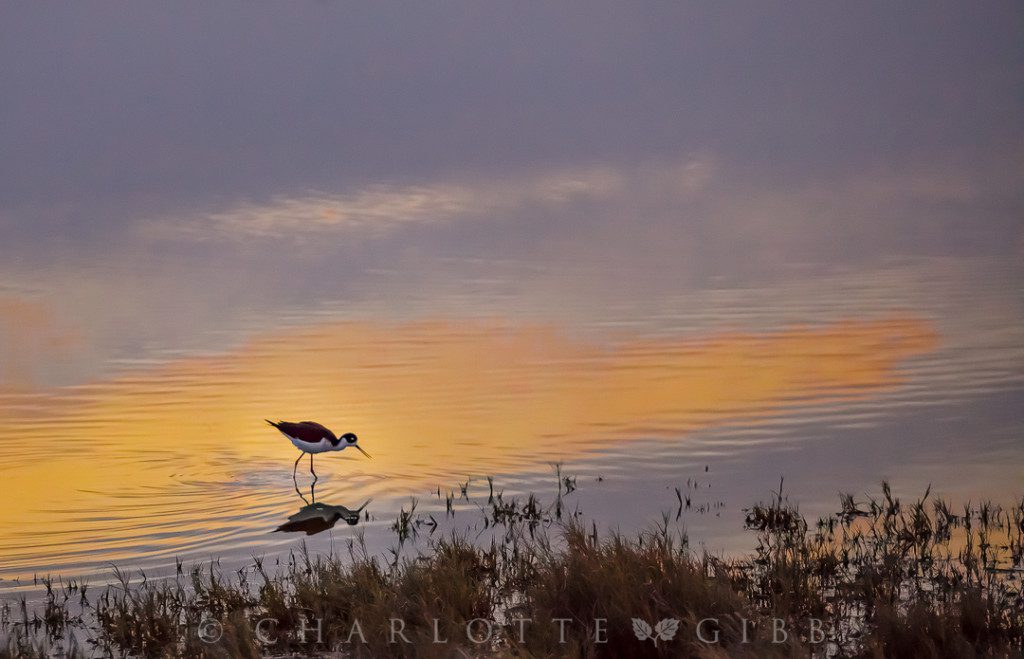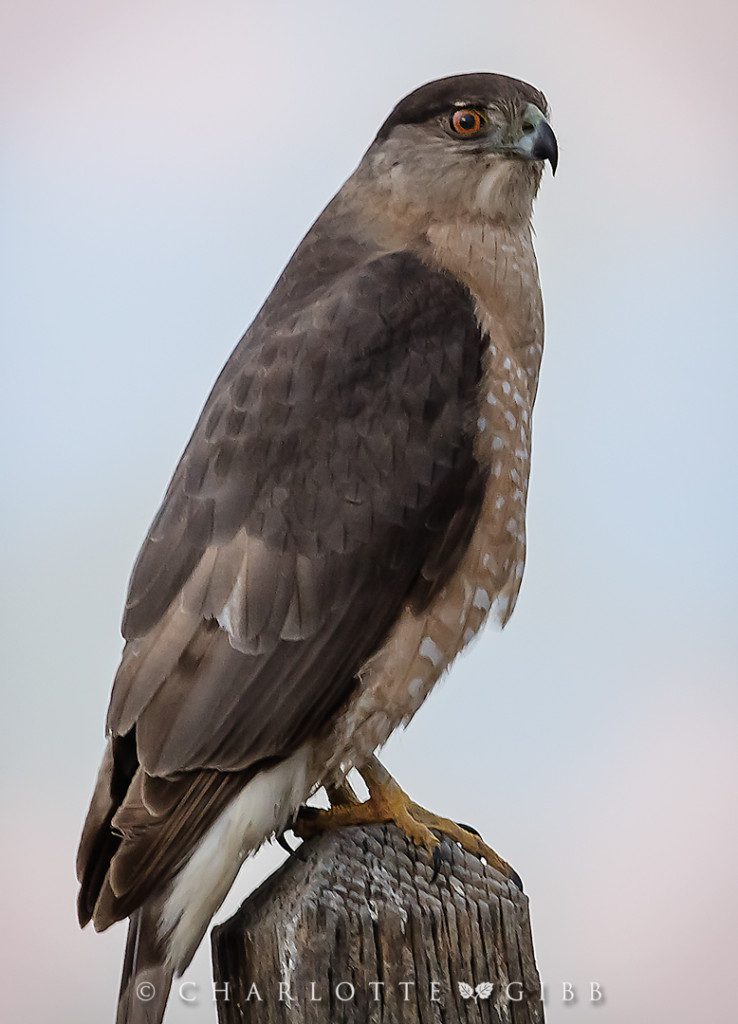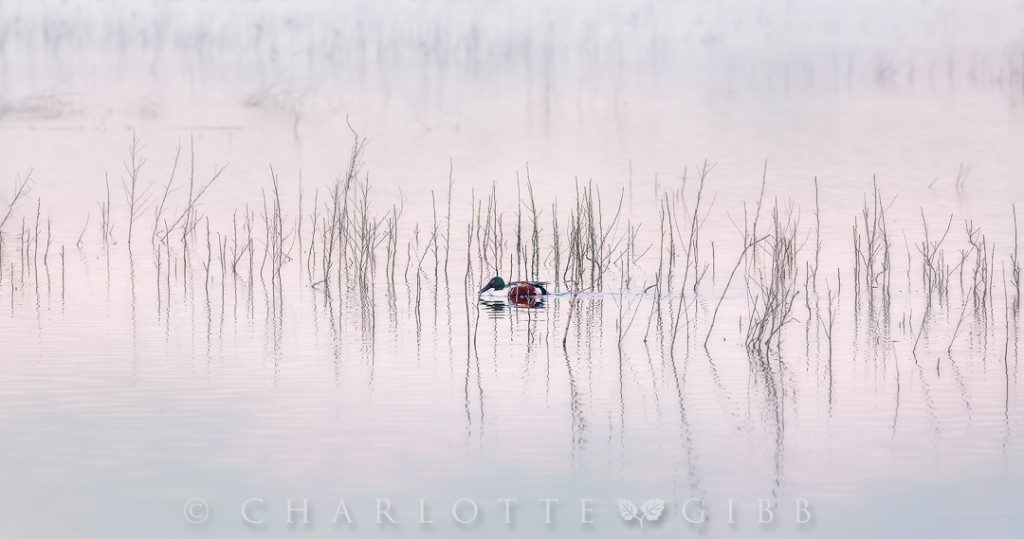
Grace

My followers often ask me about why my photographs have a certain distinctive quality to them. It is a hard question to answer. My first thought is to say, they look the way they do simply because that is how I see, which is true, but only to a certain extent. Let me explain.
Each photographer brings to their craft a lifetime of experiences that leads up to the moment they trip the shutter. Their influences, their life experiences, their education, their passions all come into play as they choose which elements they will include within the four edges of their frame. I cannot make images like other photographers. That would be without meaning. I can only make images from what I see, the way I see.
So, what I do first when approaching a scene is to enter into it with a sense of grace; an awareness of liberation from technique, mindful of delicate balances and harmonies of light, color, and form. I will often plan to photograph a scene with loose intentions in mind, but try to let go of my preconceived expectations once I get there. Nature never delivers exactly what you expect, so my method is simply to be open and ready for whatever she reveals to me. If I am in a mindful state of grace, I will be open to listening and, then, to see.
For example, I recently visited an area known for having large flocks of migrating snow geese. I had in mind that I would like to photograph them, either in flight, showing motion, or resting on the marsh in great white masses. A colorful sky aglow with winter sunset would complete the scene. Those were my expectations. However, nature had something else in mind that day. No snow geese in sight, anywhere! It was gray overcast; no sky drama was in the offering.
Still, I had a camera in my hands, and there were plenty of birds. Rather than dwell in disappointment that nature hadn’t delivered my expectations, I set about absorbing what nature herself had revealed, and it was plentiful. Black-necked Stilts, fearless and close enough one could practically touch them; ponds filled with water, a blessing after years of drought; Northern Shovelers, their iridescent green heads bobbing for small plants and snails. As the sun set in the west, a warm glow appeared briefly in the sky, reflected in the still pond where the Black-necked Stilts were foraging.
I cannot teach you how to see a scene the way I do (I wouldn’t want to), but I can give you a glimpse into my mind and observational processes. If you placed ten photographers in front of the same scene with the same camera, each one would create unique images. And that is precisely how it should be.




charlottegibb
Charlotte Gibb is a contemporary fine art photographer based in the San Francisco Bay Area specializing in landscapes of the Western United States. Her images are often taken in familiar places for the well-versed landscape photographer, but she prides herself on her keen eye toward the subtle and sometimes overlooked beauty of the natural world. Growing up among the beautiful mountains of Northern California, she considers herself a student of life, learning about people, nature, music, and photography along the way. But always, her life-long passion for the wilderness shines through it all. Charlotte earned her Bachelor of Arts degree from the Academy of Art University in San Francisco and has exhibited her work in several solo shows throughout California. Her darkroom, long gone now, has been replaced with digital darkroom tools, and her style has evolved from a somewhat journalistic approach, to one that pays tribute to the natural world.




6 Comments
Ace Batacan
Awesome pictures again, Charlotte. I like reading your thought process on these journeys. It definitely helps amateur photographers like myself on how to “prepare” ourselves, with a goal in mind but be able to adjust depending on what mother nature serves us. Curious – what was the shooting distance for the hawk? That is an awesome photo. I also like the stilt one, especially that the bird was not centered on the frame so we can see reflections and ripples on the water. Great job. Thanks for sharing.
charlottegibb
Hi Ace! I’m happy to share technical details with you! The hawk image was made using my Canon 400mm f/5.6L lens, handheld from my car window. He was perched upon a sign post just to the side of the road, so he was maybe 100 feet away. This image is cropped pretty severely, but because I made it with my 50 megapixel Canon 5DsR, there was still plenty of pixels left to make a printable image.
Rick Jones
You know what I really think already. But having subscribed, I will now not miss any of your beautiful work.
Rick Jones
You know what I really think already. But having subscribed, I will now not miss any of your beautiful work.
Ace Batacan
Awesome pictures again, Charlotte. I like reading your thought process on these journeys. It definitely helps amateur photographers like myself on how to “prepare” ourselves, with a goal in mind but be able to adjust depending on what mother nature serves us. Curious – what was the shooting distance for the hawk? That is an awesome photo. I also like the stilt one, especially that the bird was not centered on the frame so we can see reflections and ripples on the water. Great job. Thanks for sharing.
charlottegibb
Hi Ace! I’m happy to share technical details with you! The hawk image was made using my Canon 400mm f/5.6L lens, handheld from my car window. He was perched upon a sign post just to the side of the road, so he was maybe 100 feet away. This image is cropped pretty severely, but because I made it with my 50 megapixel Canon 5DsR, there was still plenty of pixels left to make a printable image.